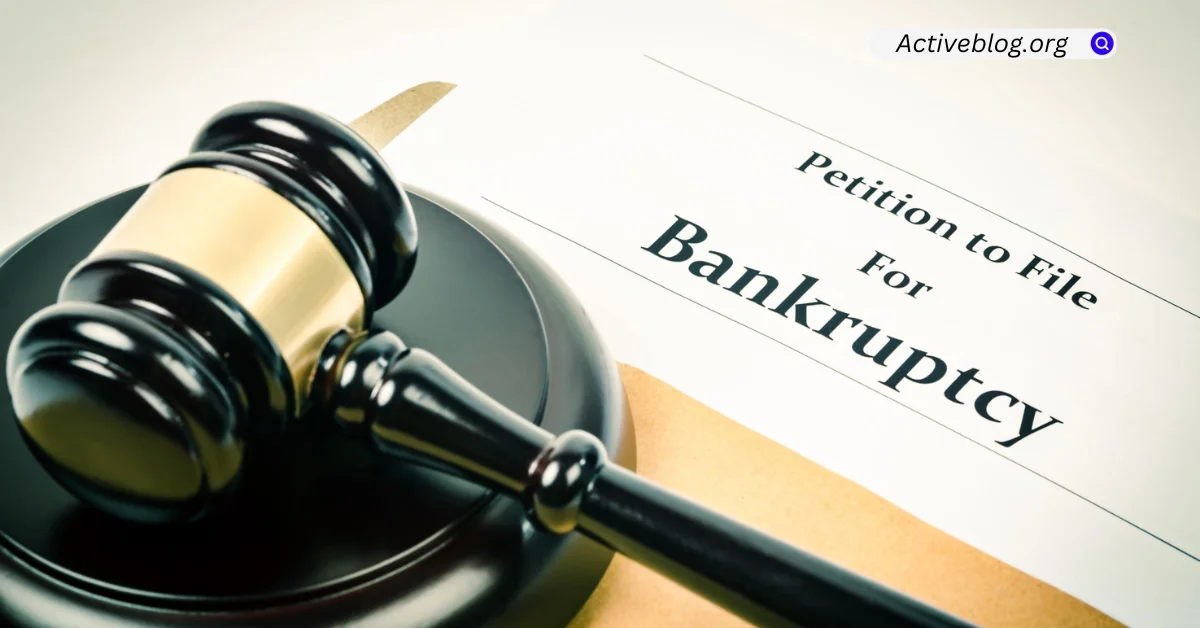Financial hardships can put anyone in a tight spot, leaving them scrambling to manage their debts and meet their obligations. Among the most stressful forms of debt is tax debt, which has its own unique set of challenges and complexities. Some people consider filing for bankruptcy as a way to alleviate their tax burden, but it’s not a straightforward solution.
Here, we’ll explore the critical things you need to know about tax debt and bankruptcy. Understanding these points can help you make an informed decision and potentially save you from added stress and financial loss.
1. Not All Tax Debts Are Dischargeable In Bankruptcy
The idea of erasing your tax debts through bankruptcy might sound too good to be true—and that’s often because it is. Tax debts have specific characteristics that make them more challenging to discharge in a bankruptcy proceeding. They need to meet certain criteria, such as being at least three years old from the date they were due and having been assessed by the tax authority at least 240 days before filing for bankruptcy.
Furthermore, fraud or willful evasion of tax obligations will likely make your tax debts nondischargeable.
If you’re behind on filing your taxes, it’s essential to do so as soon as possible, even if you can’t pay them in full. You can learn more about filing back taxes on this website.
2. Chapter 7 Vs Chapter 13: Know Your Options
There are two primary types of bankruptcy that individuals can file: Chapter 7 and Chapter 13. Chapter 7 allows for the liquidation of assets to pay off debts, while Chapter 13 involves a debt repayment plan over three to five years.
Your ability to discharge tax debt will depend on the chapter you file under, the type of tax debt you have, and other circumstances. While Chapter 7 may offer a quicker relief, Chapter 13 might be more suitable for those who have assets they wish to keep.
3. Legal And Financial Consequences
Filing for bankruptcy isn’t a simple or risk-free solution. Your credit score will take a substantial hit, making it challenging to secure loans or credit in the future.
Additionally, bankruptcy will remain on your credit report for up to 10 years. Not to mention the legal costs and fees associated with the process. While it may provide some relief from tax debt, the long-term consequences should be thoroughly considered.
4. Professional Help Is Often Necessary
Navigating the complex legal landscape of tax debt and bankruptcy often requires the expertise of professionals such as tax advisors and bankruptcy attorneys. These experts can evaluate your situation, help you understand your options, and guide you through the legal procedures involved.
While it does come at a cost, seeking professional help can save you from making expensive mistakes.
5. Alternatives To Bankruptcy
Bankruptcy should be considered a last resort, and there are often other viable options to explore. Tax authorities usually offer various forms of relief like installment agreements, offers in compromise, and penalty abatement. These avenues can provide you with more time to pay your tax debts or even reduce the amount you owe.
6. Emotional And Psychological Impacts
It’s crucial to acknowledge the emotional toll that both tax debt and bankruptcy can take on an individual or a family. The stigma associated with bankruptcy, along with the stress of mounting tax debt, can affect your mental health.
While financial issues are the primary concern, emotional and psychological well-being should not be overlooked when considering your options.
7. Future Tax Planning Is Crucial
Filing for bankruptcy isn’t the end of the road; it’s a hard reset on your financial life, and how you manage your finances post-bankruptcy is crucial. After resolving your tax debt issues, it is vital to engage in thoughtful tax planning to avoid falling back into a similar situation.
Budgeting, saving, and making timely tax payments should become a part of your new financial habits. Keeping abreast of tax laws and taking advantage of tax credits and deductions can also go a long way in minimizing your future tax burden.
If possible, continue to work with financial advisors or tax professionals who can guide you through this post-bankruptcy phase, setting you up for a more secure financial future.
Conclusion
Tax debt and bankruptcy are intricate subjects that necessitate careful scrutiny and often, expert counsel. Not all tax debts can be wiped out through bankruptcy, and the path you take will be influenced by a myriad of factors, from the nature of your debt to your financial condition and your long-term aspirations.
Moreover, the impact of bankruptcy is not merely financial; it carries emotional and psychological tolls that must be weighed in your decision. By understanding all your options and the ramifications of each, you can make a more informed choice that could save you not just money, but also unnecessary stress and hardship. And remember, the end goal is not just to resolve the current crisis but to plan for a financially stable future.










